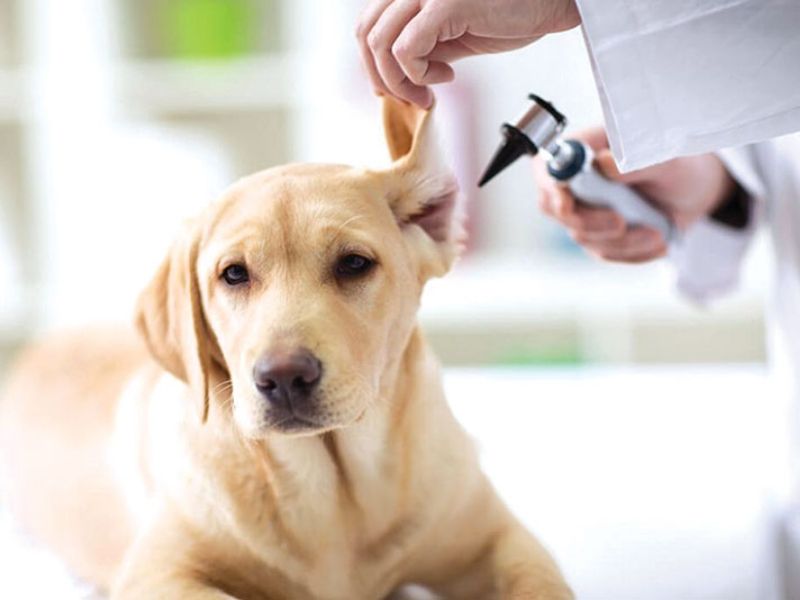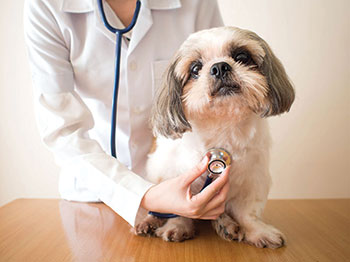With a multiplying number of people adopting pets, being a veterinarian could transform into a satisfying and increasingly rewarding career option

It’s unlikely to be recommended by high-profile career counsellors. But for the growing community of compassionate animal lovers, in urban and rural India, going the Dr. Dolittle way could transform into a satisfying and rewarding career option.
Interest in tending animals can be sparked at a young age, when a family pet is taken to a veterinarian or a vet visits the family farm. Individuals interested in veterinary medicine as a career path are expected to have enquiring minds, sensitivity, an interest in the biological sciences, and a love and understanding of animals. Professional veterinarians tend to work long and irregular hours in animal hospitals and clinics. Those in a large animal practice also work out of specially equipped trucks and cars and may drive considerable distances to farms and ranches. Inevitably veterinarians have to be prepared to work outdoors in all types of weather.
To be admitted into an undergraduate study programme in the veterinary sciences, one should have completed 17 years of age by end December in the year of admission and the Plus Two or equivalent examination with English, physics, chemistry and biology and any other elective subject, averaging at least 50 percent in five subjects. Each vet college prescribes differing criteria for admission which could be based on academic merit (Plus Two average) or performance in an entrance examination conducted by the college. Moreover most state governments conduct common entrance tests (like Maharashtra’s MHCET) for admission into government veterinary colleges. The Veterinary Council of India also conducts an all-India common entrance examination every May.
 The bachelor of veterinary science and animal husbandry (B.V.Sc & AH) course is of five years duration. The syllabus in the preclinical phase includes physics, chemistry, biology, anatomy, physiology, pharmacology, and allied subjects; and animal husbandry, veterinary medicine and surgery, and veterinary hygiene and pathology in the clinical phase. Practical exposure to real life situations and field experience are inherent to the curriculum.
The bachelor of veterinary science and animal husbandry (B.V.Sc & AH) course is of five years duration. The syllabus in the preclinical phase includes physics, chemistry, biology, anatomy, physiology, pharmacology, and allied subjects; and animal husbandry, veterinary medicine and surgery, and veterinary hygiene and pathology in the clinical phase. Practical exposure to real life situations and field experience are inherent to the curriculum.
For higher studies in veterinary science, the Master’s degree programme — M.V. Sc (two years duration) — offers several specialisation options: anatomy; animal nutrition; genetics and animal breeding; animal reproduction; microbiology; parasitology; pathology; pharmacology; physiology and biochemistry; surgery; poultry science; food, hygiene and veterinary public health; dairy cattle production etc. The minimum eligibility criterion to enroll in an M.V. Sc programme is a B.V.Sc & AH degree.
Undergraduate and postgraduate study programmes in veterinary science and animal husbandry are offered by specialist colleges in almost every state of the Indian Union. However inter-state admissions are difficult because most colleges impose domicile restrictions, except for 15 percent of seats which are reserved for those who top the All India Common Entrance Examination.
The very first veterinary college in India was established in Mumbai in 1883, followed by colleges at Kolkata, Chennai, and Patna. In 1936, Madras Veterinary College introduced its B.V.Sc degree programme. After independence, several state governments also promoted veterinary colleges under the jurisdiction of their departments of animal husbandry and affiliated to state universities. In 1958, postgraduate programmes in veterinary science were introduced at the Indian Veterinary Research Institute, Izatnagar. Subsequently, Master’s and Ph D programmes in veterinary sciences and animal husbandry were started in several veterinary colleges of the country. Today, every state across India hosts at least one veterinary college.
With the Indian economy growing at 7-8 percent plus per annum, employment opportunities for veterinarians are on the upswing. Jobs are available in government veterinary dispensaries and polyclinics, dairy units, poultry and stud farms, sheep and goat farms, piggeries, abattoirs, zoos, wild life sanctuaries, and pharma companies. Coterminously commercial private sector firms offer excellent pay and perks to veterinary scientists in their research and development labs. Moreover in urban India, with a multiplying number of people adopting pets, private clinics are mushrooming and veterinary practice is becoming more lucrative.
Another new development is the several animal rights organisations which have sprung up. For example, People for Ethical Treatment of Animals (PETA) works in close coordination with policy makers and educates people about animal rights. Other NGOs in this field are the All-India Animal Welfare Association (AIAWA), Karuna for Animals in Distress, Society for Prevention of Cruelty to Animals, Compassion Unlimited Plus Action (CUPA) etc. With animal welfare organisations multiplying belatedly, veterinarians are in great demand.
(Excerpted from 101 Great Careers for the 21st Century by Indra Gidwani, 2016)


























